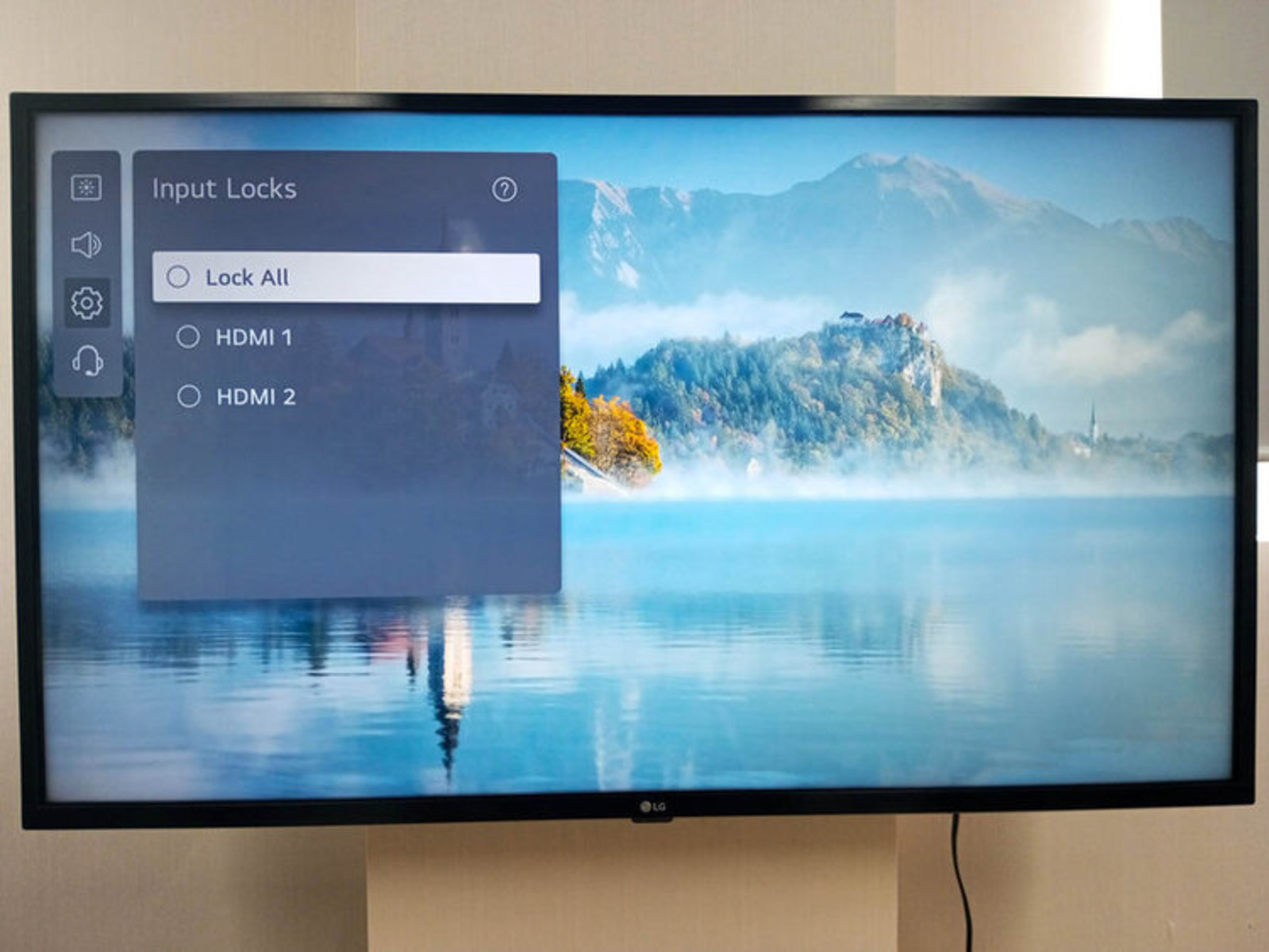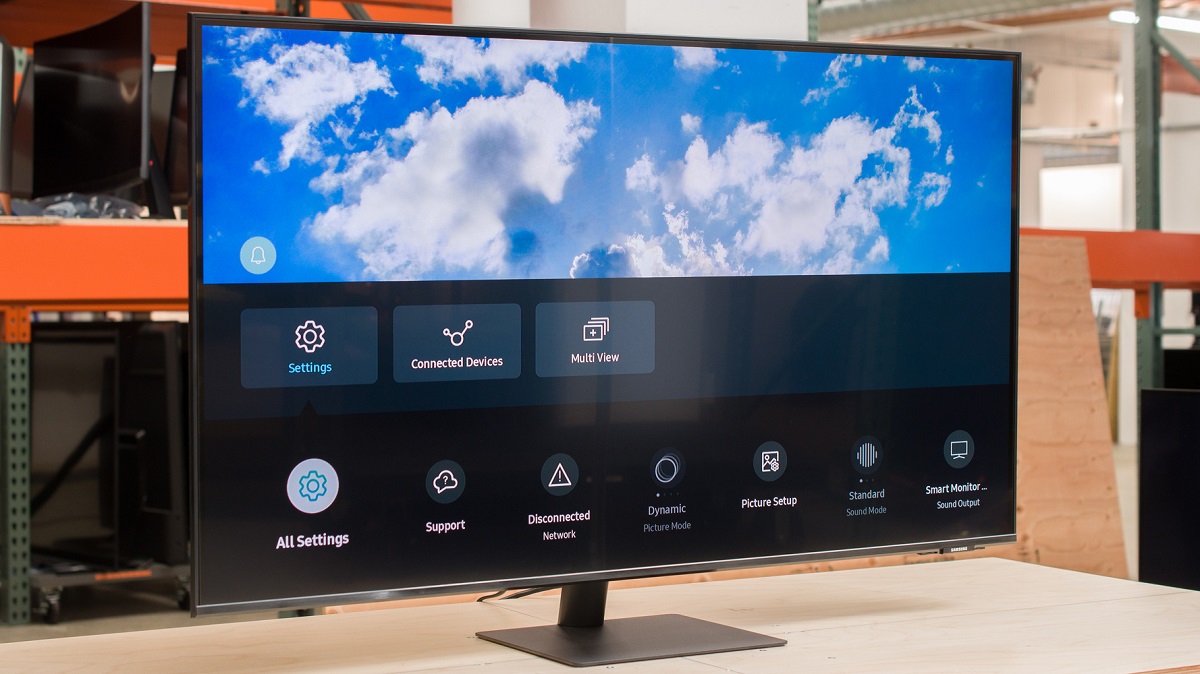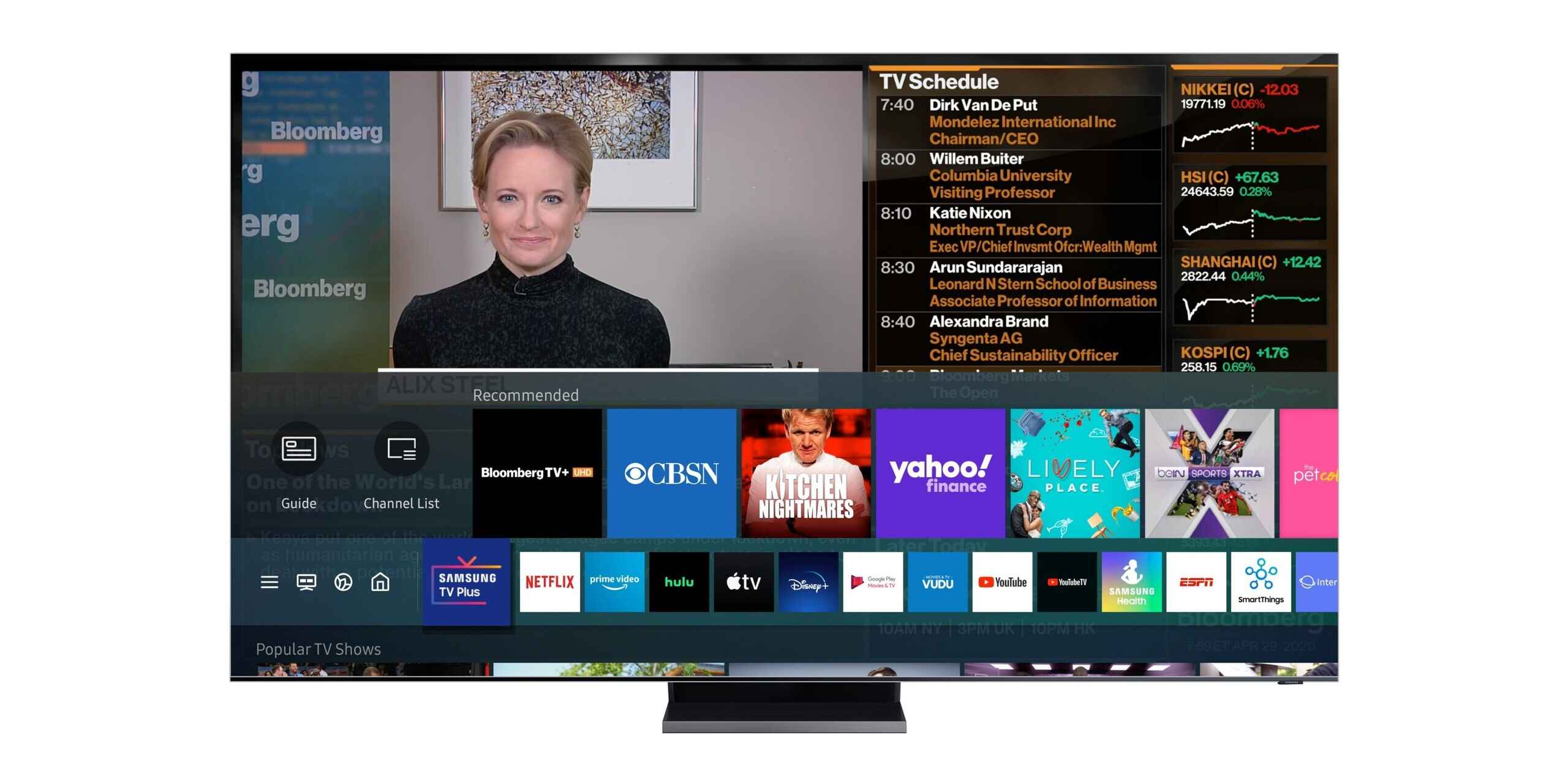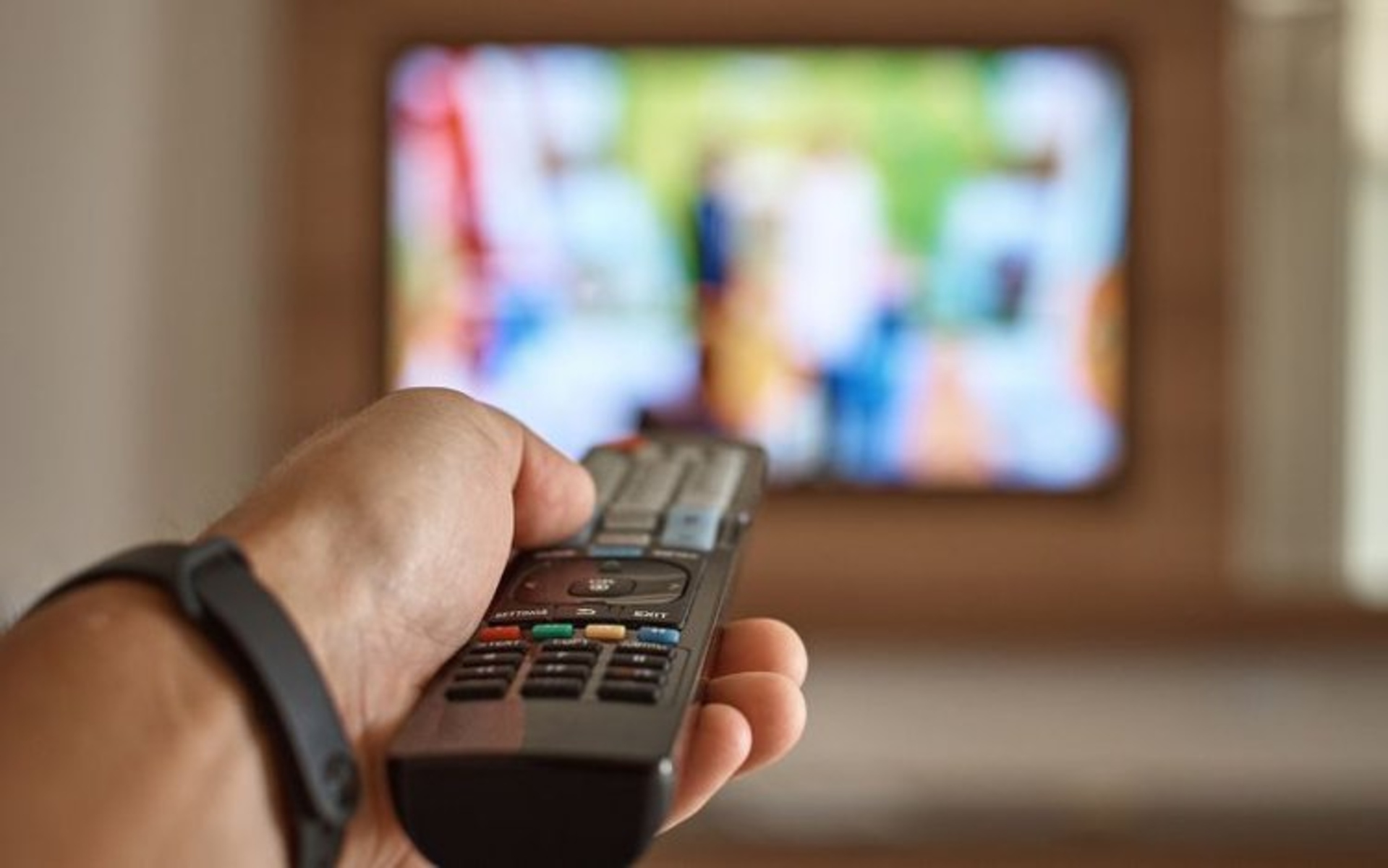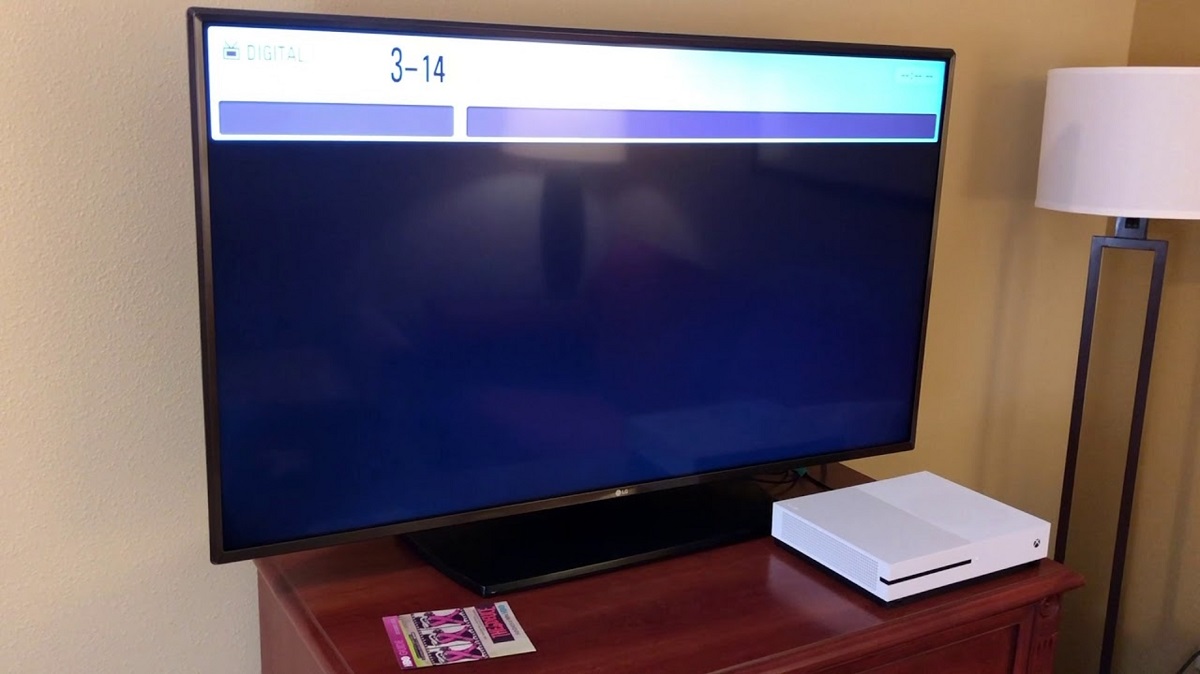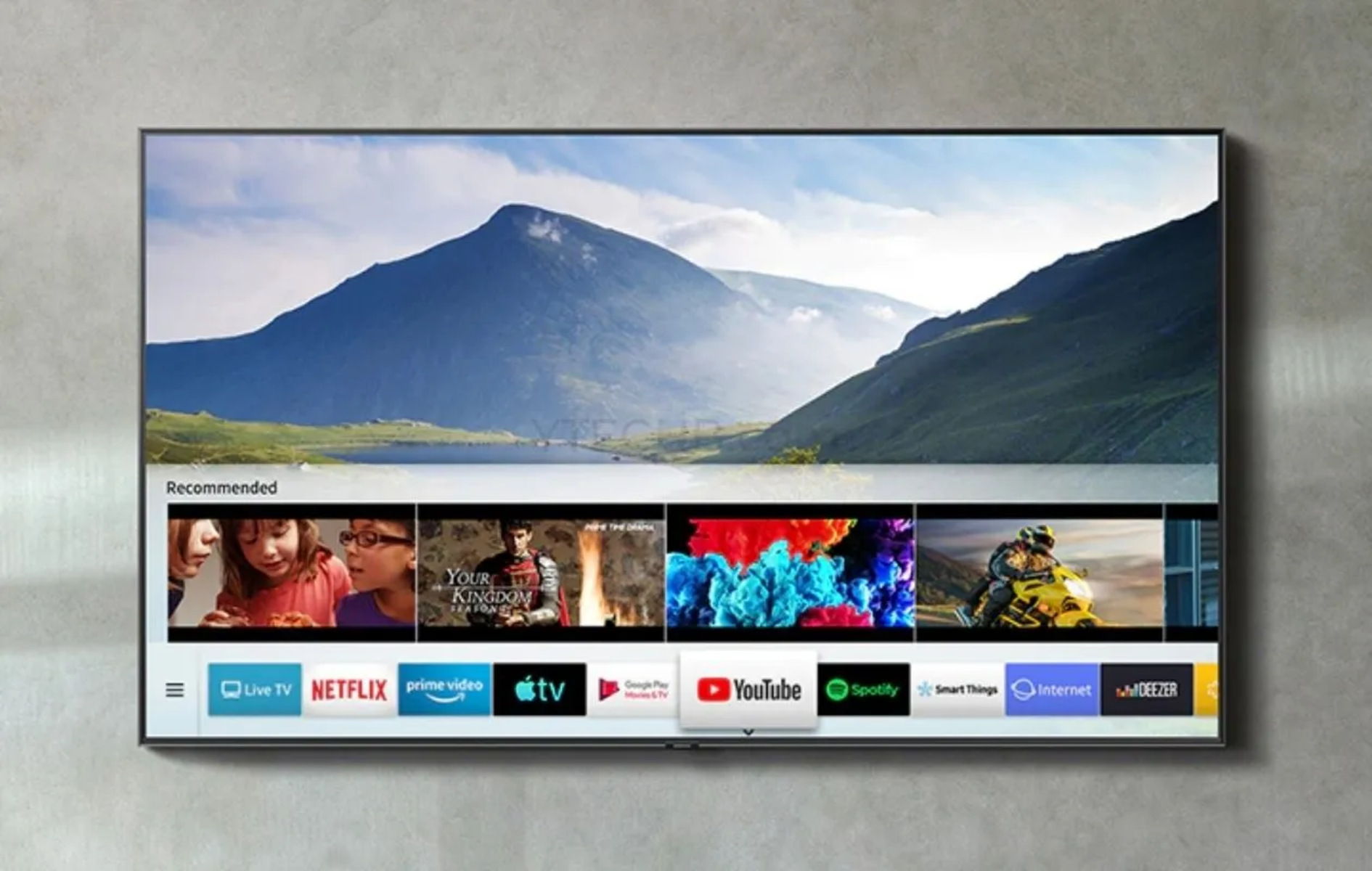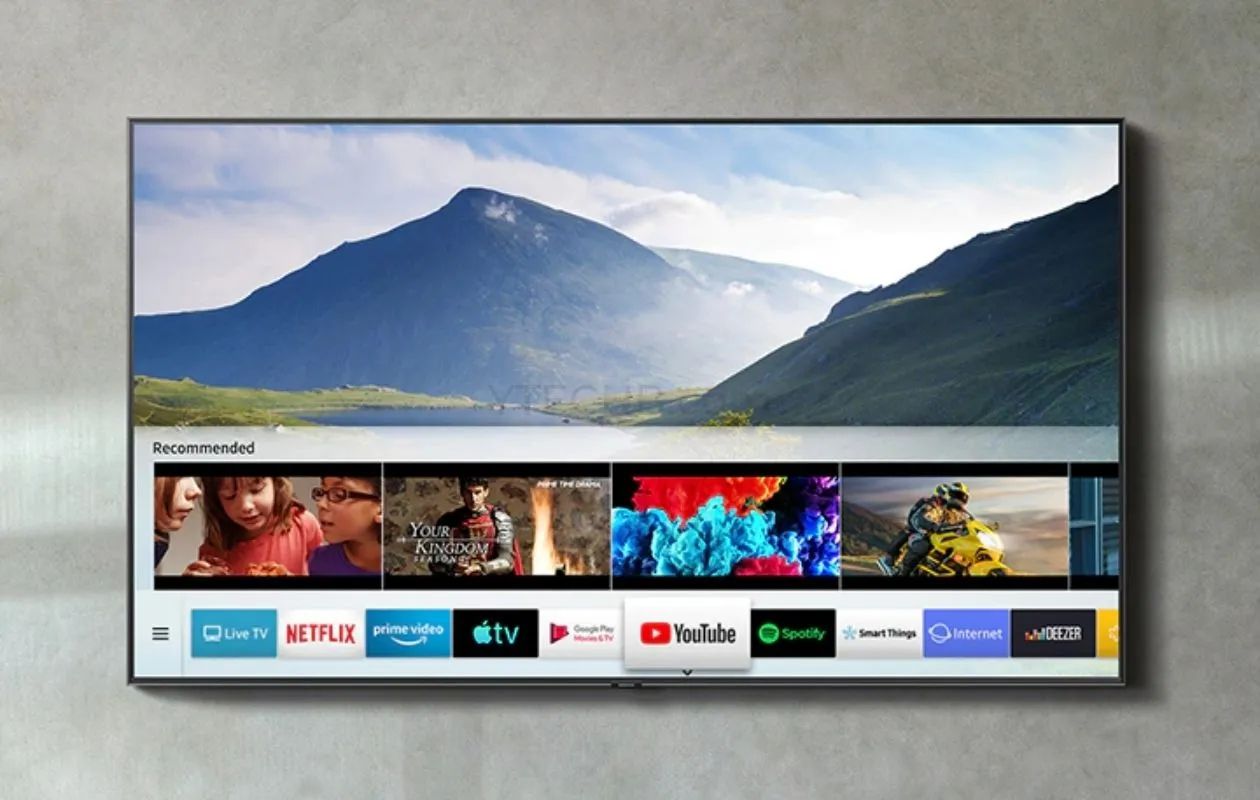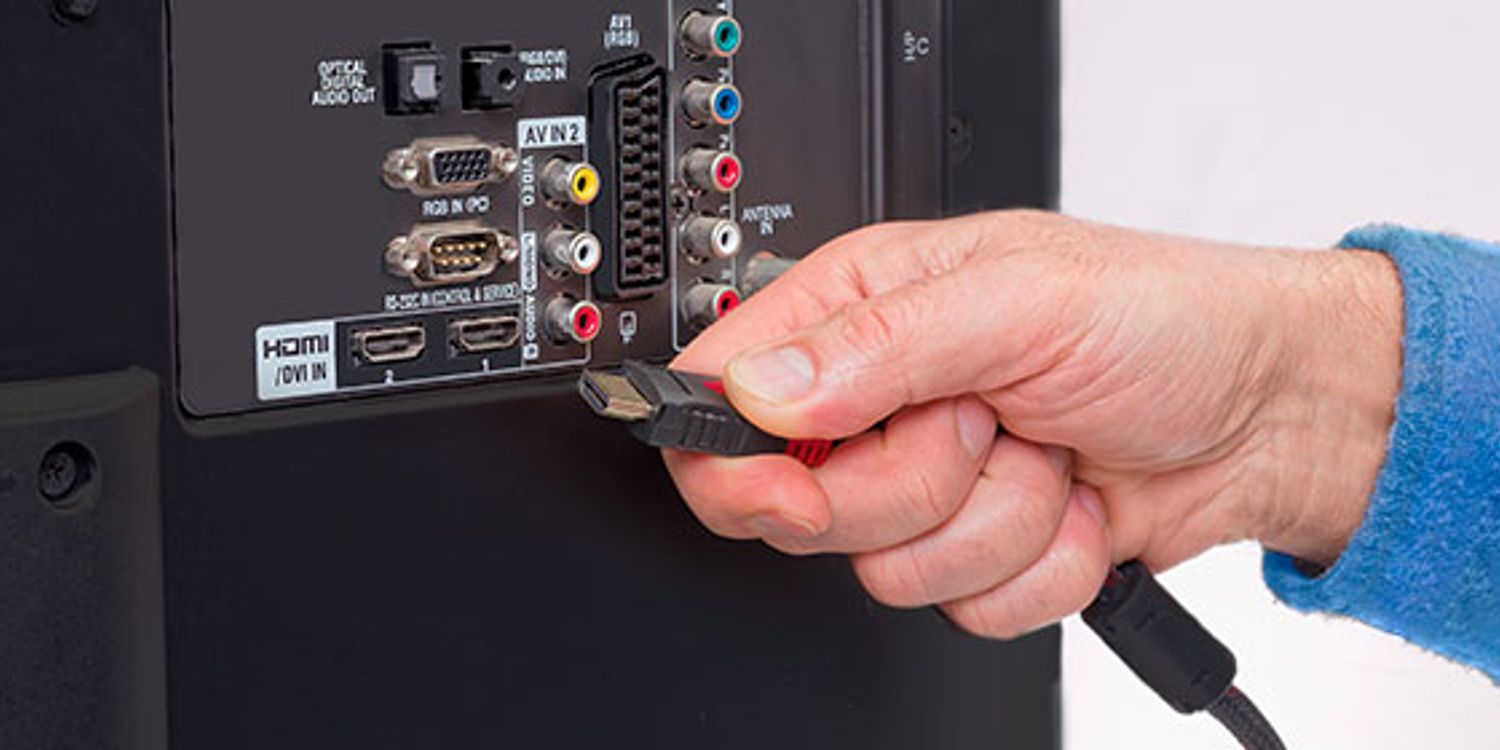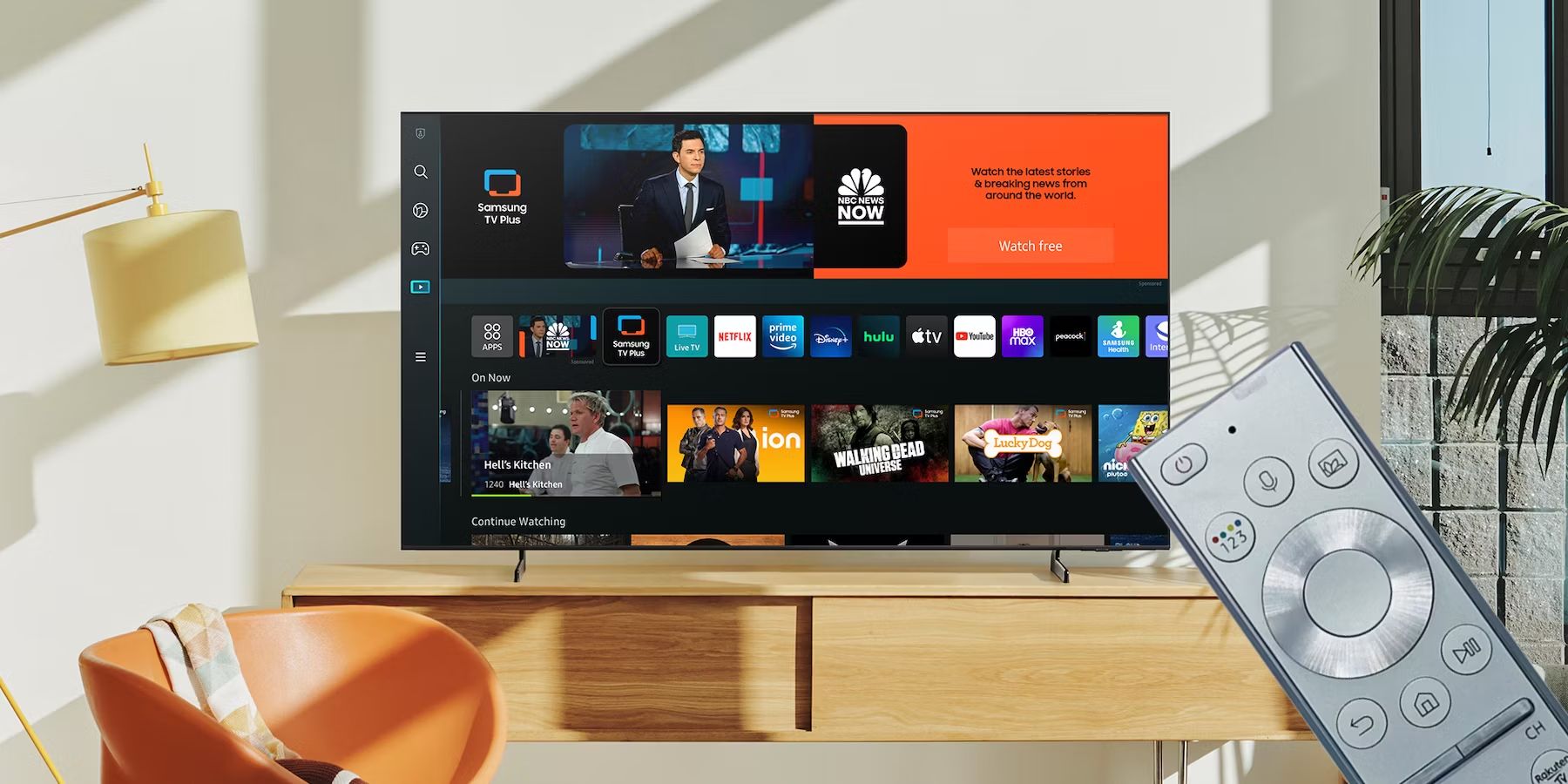Introduction
Welcome to the world of smart TVs, where you can access a wide range of entertainment options right from the comfort of your living room. But what do you do when you want to change the input on your smart TV? Whether you need to switch from cable to a gaming console or connect your laptop for a movie marathon, knowing how to change the input on your smart TV is a vital skill.
Changing the input on a smart TV allows you to connect various devices and switch between them seamlessly. Whether it’s a Blu-ray player, gaming console, or streaming device, you’ll be able to access your favorite content with just a few simple steps. In this guide, we’ll walk you through the process of changing input on your smart TV so you can quickly and effortlessly switch between different devices.
Before we dive into the steps, it’s important to note that the exact process may vary slightly depending on the make and model of your smart TV. However, the general steps outlined in this guide should be applicable to most smart TVs available today. So, let’s get started and equip ourselves with the knowledge to navigate the input menu of our smart TVs!
Step 1: Accessing the Input Menu
The first step in changing the input on your smart TV is accessing the input menu. This menu allows you to view and select the available input sources on your smart TV. To access the input menu, follow these simple steps:
- Using your smart TV remote, locate and press the “Input” or “Source” button. This button is often located near the top or bottom of the remote and is typically indicated by an icon depicting a box with an arrow pointing into it.
- Once you press the “Input” or “Source” button, a menu will appear on your TV screen. This menu displays a list of available input sources, such as HDMI, AV, or Component.
- Using the arrow keys on your remote, navigate through the list of input sources to find the one you want to switch to. As you scroll through the options, your TV screen may display a preview of the content from each input source, making it easier to identify the one you’re looking for.
- Once you’ve selected the desired input source, press the “OK” or “Enter” button on your remote to confirm your selection. Your smart TV will then switch to the chosen input, and you’ll be ready to enjoy your content.
It’s worth noting that some smart TVs may have a dedicated button on the remote for accessing the input menu directly. If this is the case for your TV, simply press the corresponding button to bring up the input menu.
Now that you know how to access the input menu on your smart TV, let’s move on to the next step: navigating the input menu to find the right input source!
Step 2: Navigating the Input Menu
Now that you have accessed the input menu on your smart TV, it’s time to navigate through the menu to find the desired input source. Follow these steps to effectively navigate the input menu:
- Using the arrow keys on your remote, move up and down the list of available input sources. As you scroll, your smart TV may highlight or underline the selected option, making it easier to see which input source you’re currently on.
- If your TV offers a grid or icon-based view of the input menu, use the arrow keys to move to different columns or rows. This allows you to explore each category of input sources, such as HDMI, AV, or Component, more efficiently.
- Take advantage of any preview or thumbnail images displayed on the input menu. Some smart TVs provide visual representations of the content from each input source, helping you identify the correct one. Look for recognizable icons or images associated with your preferred input device, like a gaming controller or a laptop symbol, to quickly locate the right input.
- If your smart TV supports renaming input sources, consider customizing the names to make it even easier to navigate. For example, you could rename the HDMI input source to “Gaming Console” or the AV input source to “Blu-ray Player”. Refer to your TV’s user manual or settings menu to learn how to rename input sources if this feature is available.
By carefully navigating the input menu on your smart TV, you can quickly find the input source you want to switch to. Once you’ve identified the correct input, it’s time to move on to the next step: selecting the desired input source.
Step 3: Selecting a Different Input
Now that you have successfully navigated the input menu on your smart TV and found the desired input source, it’s time to select and switch to that input. Follow these steps to select a different input:
- Using the arrow keys on your remote, highlight the input source you want to switch to. Your smart TV may indicate the selected option by highlighting or underlining it.
- Once you have selected the desired input source, press the “OK” or “Enter” button on your remote to confirm your selection. This action tells your smart TV to switch to the chosen input source.
- Depending on your TV model, you may need to wait a few seconds for the input switch to take effect. Your TV screen may temporarily go blank or display a loading symbol as it transitions to the new input.
- After the switch is complete, your smart TV will display the content from the selected input source. If everything is connected correctly, you should now be able to enjoy your desired device, whether it’s a gaming console, Blu-ray player, or any other connected device.
It’s important to note that if you have multiple devices connected to your smart TV, make sure the desired device is powered on and properly connected before selecting the input. Otherwise, your smart TV may not detect the device or display any content.
Now that you know how to select a different input on your smart TV, it’s time to move on to the next step: confirming the input change.
Step 4: Confirming the Input Change
After selecting a different input on your smart TV, it’s important to confirm that the input change has been successfully implemented. This step ensures that your TV is now receiving the signal from the desired input source. Follow these steps to confirm the input change:
- Take a moment to visually verify that the content displayed on your smart TV screen is indeed coming from the selected input source. For example, if you switched to a gaming console, you should see the console’s user interface or a game being played.
- If the expected content is not displayed, or if you still see the previous input source, double-check the connections between the device and your smart TV. Make sure all cables are securely plugged in and that the device is powered on.
- If the connections are correct and the device is powered on, try selecting the input source again. Sometimes, a minor glitch or delay can prevent the input switch from taking effect on the first attempt.
- If you’re still unable to see the expected content or are experiencing issues with the input change, refer to the troubleshooting section in the next step for assistance in resolving common input-related problems.
By confirming the input change and verifying that the correct content is displayed on your smart TV, you can ensure a smooth and seamless transition between different input sources. Now, let’s move on to the final step: troubleshooting common input issues.
Step 5: Troubleshooting Input Issues
It’s not uncommon to encounter occasional input issues when using a smart TV. These issues can range from a device not being detected to a blank screen when switching inputs. Here are some troubleshooting steps you can take to address common input-related problems:
- Double-check the connections between your smart TV and the device you are trying to switch to. Ensure that all cables are securely plugged in at both ends and that there are no loose connections.
- If you are using HDMI cables, try unplugging and re-plugging them into both the TV and the device. Sometimes, a loose HDMI connection can prevent the TV from recognizing the input source.
- Power cycle both your smart TV and the device you are trying to connect. This involves turning off both devices, unplugging them from the power source, waiting for a few minutes, and then plugging them back in and turning them on again.
- Check if there is a software update available for your smart TV. Manufacturers frequently release updates to address bugs and improve overall performance. Refer to your TV’s user manual or settings menu to learn how to check for updates and install them if necessary.
- Consult the user manual or online support resources provided by the manufacturer of your smart TV. These resources often contain troubleshooting guides specific to your TV model, addressing common input-related issues you may encounter.
- If you continue to experience input issues, consider contacting customer support for further assistance. They can provide expert guidance based on your specific situation and help resolve any persistent input problems you may be facing.
By following these troubleshooting steps, you can usually address common input issues and restore the functionality of your smart TV. Remember to refer to your TV’s user manual or online resources for additional support relevant to your specific make and model.
Now that you’re equipped with the knowledge to change input on your smart TV and troubleshoot any related issues, you can confidently connect and enjoy your favorite devices with ease!
Conclusion
Changing the input on your smart TV is a crucial skill to have, allowing you to effortlessly switch between different devices and access a wide range of content. By following the step-by-step guide outlined in this article, you can navigate the input menu, select the desired input source, and confirm the input change on your smart TV.
Remember to access the input menu using your smart TV remote and locate the input source you want to switch to. Confirm the selection by pressing the “OK” or “Enter” button, and wait for the input change to take effect. If you encounter any issues during the process, refer to the troubleshooting steps provided to resolve common input-related problems.
It’s important to note that the exact steps may vary slightly depending on the make and model of your smart TV. Consult your TV’s user manual or online resources for specific instructions related to your device.
With the knowledge gained from this guide, you can now confidently connect and switch between devices such as gaming consoles, Blu-ray players, or streaming devices on your smart TV. Enjoy the convenience and versatility of accessing different content sources right from the comfort of your living room.
So go ahead, explore the various input options available on your smart TV, and immerse yourself in a world of entertainment possibilities!







